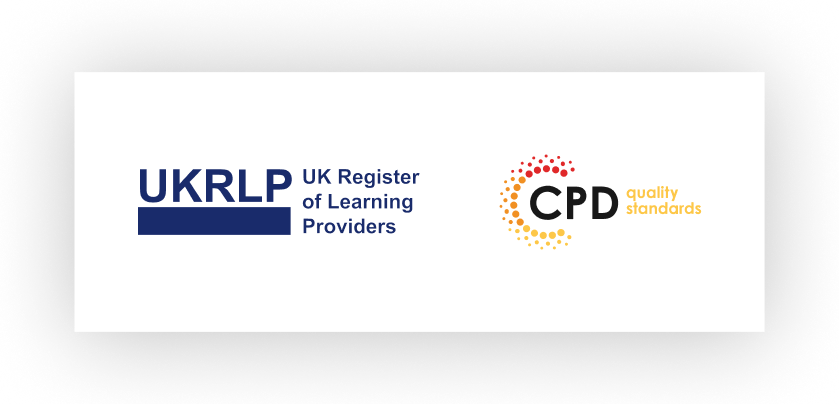
Nowadays, 4K and 8K videos have gained immense popularity due to their ability to deliver an exceptional viewing experience. That’s because they offer unparalleled levels of detail, clarity, and immersion. This surge in demand for higher resolutions comes with its fair share of challenges. The larger file sizes and specialized codecs associated with 4K and 8K videos often lead to compatibility issues, requiring innovative solutions. Video converters enable seamless playback, sharing, and compatibility across a wide range of devices and platforms. Without an efficient mkv to mp4 converter, the experience of enjoying 4K and 8K videos on various devices would be hampered. Read the article to find out more about how video converters support the seamless enjoyment of high-resolution videos.
Advantages and Challenges of 4K & 8K Videos
4K and 8K resolutions refer to the number of pixels that make up a video’s image, horizontally. A 4K video has a resolution of approximately 3840 x 2160 pixels, while an 8K video boasts a resolution of about 7680 x 4320 pixels. These resolutions far surpass the capabilities of standard high-definition (HD) videos, which typically have resolutions of 1920 x 1080 pixels.
The advantages of higher resolutions are displayed in visual quality. The increased pixel density of 4K and 8K videos results in sharper images, finer details, and smoother lines. This heightened clarity is especially impactful on larger screens. Viewers can discern intricate textures and subtleties. They also result in enhanced color reproduction and a wider dynamic range. The level of immersion offered by 4K and 8K videos transforms the viewing experience, making it feel as if the content is unfolding right in front of the audience.
While the benefits of 4K and 8K videos are undeniable, they also present a set of challenges, particularly in terms of handling and playback.
Higher resolutions demand significantly larger file sizes. This poses storage and bandwidth challenges for both content creators and consumers. Storing and transmitting such large files can strain resources and require efficient compression techniques.
Playing back 4K and 8K videos requires more processing power from devices. Older hardware might struggle to smoothly render these videos, resulting in dropped frames and a subpar viewing experience.
Not all devices and players support the same codecs and formats used for 4K and 8K videos. This can lead to compatibility issues, where a video may not play or may exhibit reduced quality on certain platforms.
Streaming 4K and 8K videos demands high-speed internet connections. If you have limited internet infrastructure, you might face buffering and slow loading times.
Rendering and editing videos at higher resolutions requires more powerful computers and can be more time-consuming. This affects content creators and video production pipelines.
Equipment capable of capturing, editing, and playing back 4K and 8K content can be more expensive. This cost factor influences both content creators and consumers.
In the following sections, we’ll explore how a video to MOV converter and other tools can mitigate these challenges and enable the seamless utilization of 4K and 8K videos across various devices and platforms.
Conversion Process for 4K and 8K Videos
Converting videos to higher resolutions like 4K and 8K involves a series of steps to ensure that the content retains its quality and compatibility.
1. The first step is input preparation, during which you should gather video files and ensure they are of high quality and suitable for upscaling. Low-quality source files may not yield desired results.
2. During the upscaling process, the video’s resolution is increased using various algorithms and techniques. The next stage includes adding pixels to enhance the image’s size while attempting to maintain visual fidelity.
3. After that, a quality assessment is conducted to identify any artifacts, distortions, or issues that may have arisen during the process.
4. Adjustments to color balance, contrast, and sharpness may be applied to enhance the overall visual experience.
5. Depending on the target platform or device, the video might need to be converted to a specific codec and format to ensure compatibility.
6. The final video is rendered in the desired resolution, with any enhancements and adjustments applied during the process.
7. AI-powered video converter maintains video quality and ensures that the benefits of higher resolutions are not lost. Effective upscaling algorithms work to minimize the loss of detail and sharpness that can occur when stretching a lower-resolution image. Preserving aspects like texture, color accuracy, and dynamic range requires sophisticated processing techniques that prevent the video from appearing blurry or distorted.
8. Codecs play a pivotal role in the conversion process. The choice of codec can significantly affect the final quality of the video. Different codecs and compression methods have varying degrees of efficiency and quality. Some codecs are designed to handle high-resolution content more effectively, while others might struggle to maintain quality during compression.
Factors to Consider When Choosing a Video Converter
Choosing the right video converter is essential for smooth and high-quality conversion of 4K and 8K videos. Several factors should be taken into account:
1. Opt for a video converter that explicitly supports 4K and 8K resolutions.
2. A versatile video converter should be capable of working with a wide range of video formats and codecs. Ensure that the software supports the formats commonly used for 4K and 8K content, such as HEVC (H.265) and AVC (H.264).
3. The speed of the conversion process can greatly impact your workflow, especially when dealing with large video files. Look for a video converter that offers hardware acceleration, utilizing your computer’s GPU for faster processing.
4. A user-friendly interface can simplify the conversion process. Besides, consider converters that offer extra features like basic video editing tools, batch processing, and the ability to adjust settings for fine-tuning the output.
Conclusion
Now you know that a good video converter ensures high quality output. Effective upscaling algorithms and codecs help maintain quality during compression. We hope this information will help you better understand what is going on behind the scenes when transcoding 4K and 8K videos.
- All Courses
- Accounting & Finance61
- Admin, Secretarial & PA45
- Audio Books (Audio Course)100
- Business Skills155
- Design74
- Digital Marketing48
- DIY (Do It Yourself)54
- Employability237
- Food Hygiene & Safety18
- Health & Fitness65
- Health & Safety106
- Health & Social Care179
- Human Resource49
- It & Software Skills107
- Language27
- LIFESTYLE82
- MAKEUP & BEAUTY49
- Management128
- Marketing60
- Massage & Physiotherapy24
- Microsoft Office64
- Nonprofit & Charity57
- On Demand Courses49
- Personal Development122
- Photography31
- Psychology & Counselling95
- SEN (Special Educational Needs)23
- Teaching and Education95








